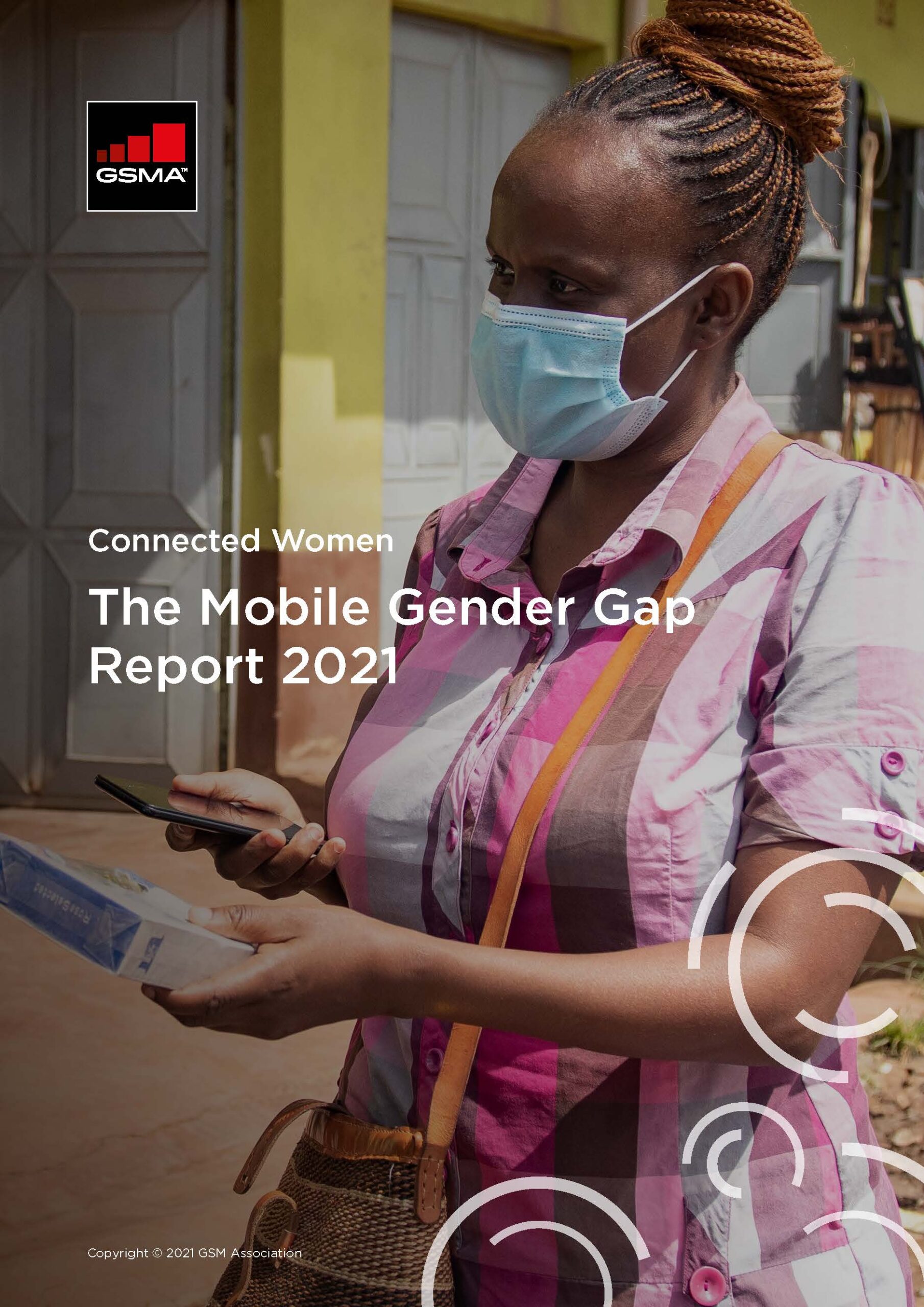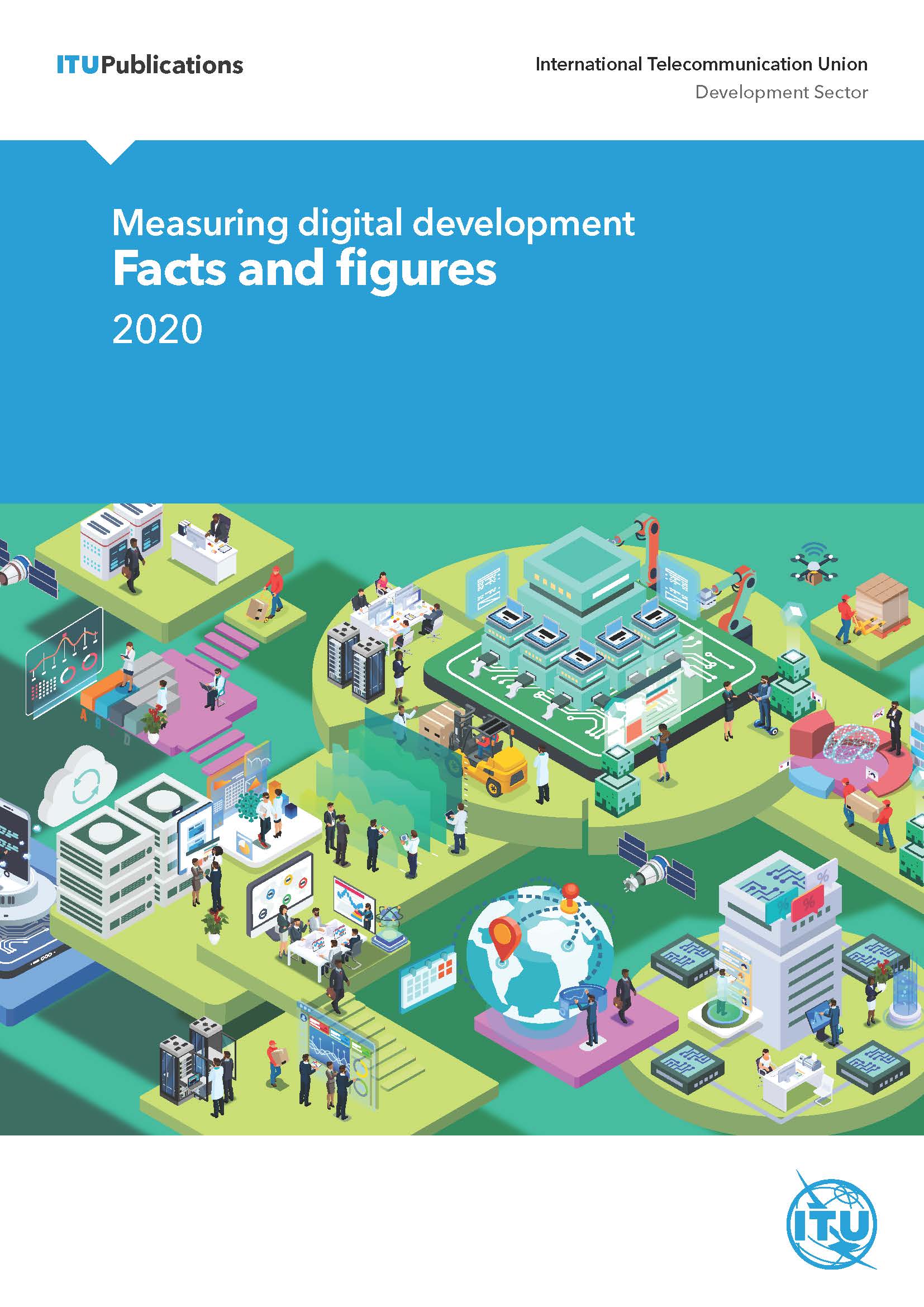Inclusion in ICT - Available, Affordable, Accessible
To ensure that everyone has access to meaningful communication it is helpful to differentiate between three different aspects of inclusion: Availability, Affordability and Accessibility. Understanding what these mean for different groups and making sure that they are considered is the way to making sure that no one is left behind.
Rolling out infrastructure, developing universal access and ensuring that the use of spectrum is strategic and well managed aims to make communication infrastructure available to all everywhere. But very often coverage is not enough. People may live in an area that has mobile internet coverage but many may not be able to afford the handsets or mobile time or data bundles needed to use it. And even when people can afford technology and connection, it may not be accessible due to language barriers, lack of digital literacy or various forms of challenges. Inclusion or ensuring that no one is left behind therefore requires that ICT communication is Available, Affordable and Accessible.
Sometimes these concepts are conflated. For example, according to ITU Facts and Figures 2020
“93% of world population have access to a mobile-broadband network and in most regions 90% of the population have access to a mobile-internet network (3G and above)”.
What ITU are really talking about is availability of coverage, what one can call the first step of inclusion.
The 93% above is a world average figure. About 25% of the population in Least Developed Countries and Land Locked Developing Countries, and about 15 % of the Small Islands Developing States do not have the availability of a mobile-broadband network. And it is paying close attention to discrepancies in Availability Affordability and Access (actual use) that are the three steps of unfurling inclusion.
The gender digital divide is not only a question of affordability. Research has shown that even when women have the same levels of education, income, literacy and employment as men, they are still less likely to own a mobile phone or use mobile Internet, suggesting that other issues are at play
All across the world there are discrepancies between different groups and one of the persistent fault-lines is gender. According to the GSMA report Connected women -The mobile Gender gap report 2021 women are still less likely than men to own mobile phones and use mobile services. The difference in smartphone ownership between men and women is down to 15% in 2021 compared to 27% in 2017. In general countries with the lowest levels of mobile ownership tend to have the widest gender gaps in mobile ownership and mobile internet use between men and women. Across Low- and Middle- Income Countries there are still 234 million fewer women than men accessing mobile internet.
The gender digital divide is not only a question of affordability. Research has shown that even when women have the same levels of education, income, literacy and employment as men, they are still less likely to own a mobile phone or use mobile Internet, suggesting that other issues are at play, such as discrimination and social norms. Women who are the most underserved often have low literacy levels, low incomes, live in a rural area or have a disability showing how challenges combine and put technology and ICTs out of reach for certain users.
Accessiblity is the final step of inclusion, ensuring that services and hardware are available in the necessary languages or formats that allow users to access communication and services. There are good guidelines available for inclusive technology. One example is Global Accessibility Reporting Initiative.
From an overarching perspective, inclusion in telecom regulation should consider these three levels Availability, Affordability and Accessibility. Inclusion thus ranges from infrastructure and universal access, ensuring that there are cheap handsets available on the market, and that pricing allows groups with a smaller disposable income to afford technology and services and finally ensuring that the remaining hurdles in terms of language, able bodied-ness and culture are mitigated.
One of the first steps in working towards an inclusive telecom market is to establish accurate picture if there are disparities between different groups and what these disparities look like. The ICT Regulation capacity building programme has supported a number of projects focused on inclusion and two of these projects were actually studies of the use of ICT by a particular group of the population that was assumed to face challenges.
Find out more
Click on the images to download the reports. The video below is a presentation of key findings from the Mobile Gender Gap Report launch.


